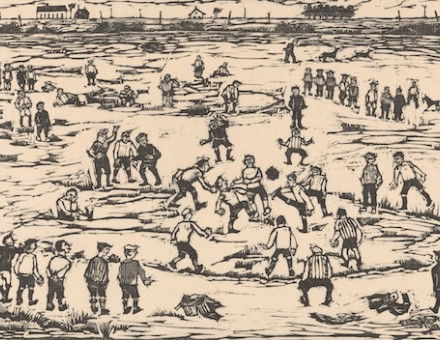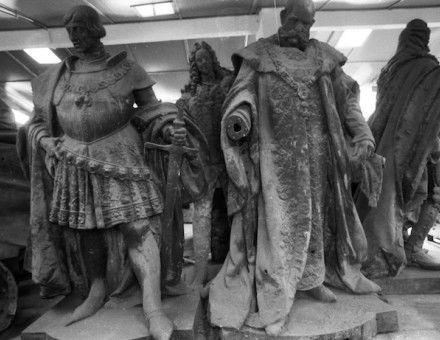Detecting ‘Death Disguised’
Krista Kesselring describes how coroners in the Early Modern period tried to establish the cause of death in disputed cases.
Forensic detection of crime continues to fascinate and challenge us. A host of popular novels and television series reassuringly portray forensic scientists combating depravity with ingenuity. These books and programmes often make the first step seem simple: the coroner or his counterpart readily determines whether a death is natural or not, and then the focus turns to finding and trying the killer. Yet, from time to time, reality confronts us with troubling evidence that the act of murder itself is not so easily identifiable. In recent years, several mothers who had two or more children die of natural causes faced further tragedy when falsely accused of homicide. The infants’ deaths were misidentified upon the now discredited ‘expert’ evidence of a pediatrician who believed both medicine and mathematics proved that the ‘death of one child in a family is a tragedy, two suspicious, and three murder’. Conversely, the repeated failure to detect his deeds allowed general practitioner Harold Shipman to continue doling out death for years. Convicted of fifteen slayings, Shipman is now thought to have killed at least 171 women and forty-four men over a twenty-three year career.





